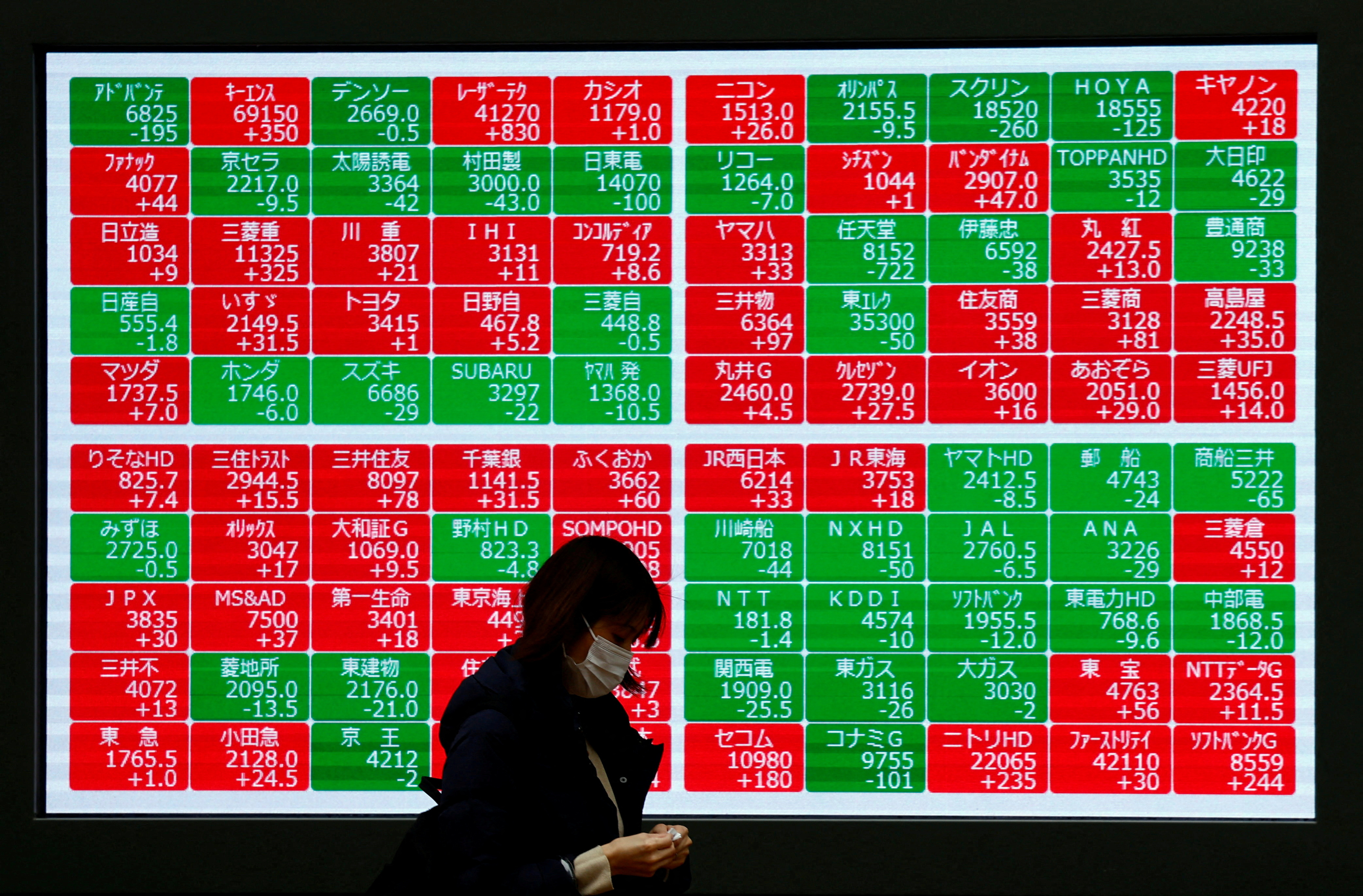Report on Inequality, Economic Growth, and Sustainable Development Goals
Introduction
As Congress debates tax cuts and safety-net reforms in the One Big Beautiful Bill, concerns have been raised that the proposal might exacerbate inequality. This report examines these concerns through the lens of economic research, particularly the influential work of French economist Thomas Piketty, and emphasizes the relevance of Sustainable Development Goals (SDGs) in addressing inequality and promoting inclusive growth.
Background: Thomas Piketty’s Influence on Inequality Discourse
Thomas Piketty’s 2014 bestseller Capital in the Twenty-First Century has significantly shaped discussions on inequality in the United States and globally. His thesis highlights the growing concentration of wealth among the top 1 percent and warns of an oligarchic future unless global wealth taxation is implemented.
Controversies and Debates on Income Inequality
- Measurement Challenges: Measuring income inequality accurately is complex due to data limitations and methodological differences.
- Disputing Piketty’s Claims: Economists Gerald Auten and David Splinter argue that when accounting for taxes and transfers, income inequality trends are less severe than Piketty suggests. They find the top 1 percent’s share of post-tax income has remained relatively stable over decades.
- Pre-Tax Income Inequality: There is consensus that pre-tax income inequality has increased, but the extent varies among studies.
- Tax Noncompliance: Research indicates higher tax noncompliance rates among lower-income groups, which affects inequality measurements.
Wealth Inequality and the r > g Hypothesis
Piketty’s central argument is that the rate of return on capital (r) exceeds the economic growth rate (g), leading to increasing wealth concentration. However, this hypothesis faces criticism:
- Capital income growth is largely driven by housing, which may be addressed through housing policy reforms.
- Depreciation of capital assets reduces the net returns, challenging Piketty’s assumptions.
- Inclusion of Social Security as a form of wealth suggests that wealth inequality may be less pronounced than reported.
Policy Implications and Sustainable Development Goals
Current Safety Nets and Redistribution
Existing progressive taxation and social safety nets play a significant role in mitigating inequality, aligning with SDG 10 (Reduced Inequality) and SDG 1 (No Poverty).
Wealth Tax Proposals
- Piketty advocates for a global wealth tax to address inequality, but practical challenges and potential economic drawbacks exist.
- Several countries have abandoned wealth taxes due to administrative difficulties and concerns about discouraging entrepreneurship.
- Global cooperation for such taxation is unlikely, complicating enforcement.
Promoting Economic Growth and Demographic Change
Boosting economic growth (g) is essential to balance the dynamics of capital returns and growth. This approach supports SDG 8 (Decent Work and Economic Growth) and SDG 9 (Industry, Innovation, and Infrastructure).
- Addressing Declining Fertility: Recognizing declining birth rates as a demographic challenge and promoting policies to support family growth aligns with SDG 3 (Good Health and Well-being) and SDG 5 (Gender Equality).
- Technological Innovation: Harnessing artificial intelligence and reducing regulatory burdens can enhance productivity and economic dynamism, contributing to SDG 9.
Conclusion
The debate on inequality and economic growth is multifaceted, with significant implications for achieving the Sustainable Development Goals. While concerns about rising inequality persist, evidence suggests that existing social policies mitigate some effects. A balanced approach prioritizing economic growth, demographic stability, and targeted redistribution can better address inequality and promote sustainable development.
Recommendations
- Strengthen social safety nets and progressive taxation to reduce inequality (SDG 1, SDG 10).
- Promote policies that support demographic growth and family well-being (SDG 3, SDG 5).
- Encourage innovation and reduce unnecessary regulations to boost productivity (SDG 8, SDG 9).
- Foster international cooperation on tax policies while considering practical challenges.
1. Sustainable Development Goals (SDGs) Addressed or Connected
- SDG 1: No Poverty
- The article discusses inequality and the role of safety nets and redistribution, which are directly related to poverty reduction.
- SDG 8: Decent Work and Economic Growth
- Issues around economic growth rates (g), capital returns (r), productivity, and employment impacts of AI are discussed.
- SDG 10: Reduced Inequalities
- The central theme is income and wealth inequality, debates on taxation, and redistribution policies.
- SDG 16: Peace, Justice and Strong Institutions
- Discussions on tax compliance, tax evasion, and the need for international cooperation on wealth taxation relate to strong institutions and governance.
- SDG 17: Partnerships for the Goals
- The article emphasizes the need for global cooperation on wealth taxation to prevent tax evasion and capital flight.
2. Specific Targets Under Those SDGs Identified
- SDG 1: No Poverty
- Target 1.3: Implement nationally appropriate social protection systems and measures for all, including floors, and achieve substantial coverage of the poor and vulnerable.
- SDG 8: Decent Work and Economic Growth
- Target 8.2: Achieve higher levels of economic productivity through diversification, technological upgrading, and innovation.
- Target 8.5: Achieve full and productive employment and decent work for all.
- SDG 10: Reduced Inequalities
- Target 10.1: Achieve and sustain income growth of the bottom 40% of the population at a rate higher than the national average.
- Target 10.4: Adopt policies, especially fiscal, wage, and social protection policies, to progressively achieve greater equality.
- SDG 16: Peace, Justice and Strong Institutions
- Target 16.4: Significantly reduce illicit financial and arms flows, strengthen the recovery and return of stolen assets, and combat all forms of organized crime.
- Target 16.6: Develop effective, accountable, and transparent institutions at all levels.
- SDG 17: Partnerships for the Goals
- Target 17.1: Strengthen domestic resource mobilization, including through international support to developing countries.
- Target 17.14: Enhance policy coherence for sustainable development.
3. Indicators Mentioned or Implied to Measure Progress
- Income Share of the Top 1%
- The article references the income share of the top 1% before and after taxes and transfers, which is an indicator of income inequality (related to SDG 10.1).
- Tax Compliance and Tax Noncompliance Rates
- Tax noncompliance rates by income quintile are discussed, which relate to measuring progress on tax system effectiveness and institutional strength (SDG 16.6).
- Wealth Shares Including Social Security
- Top wealth shares adjusted for social security wealth are mentioned, providing an indicator of wealth inequality (SDG 10.1).
- Economic Growth Rate (g) and Rate of Return on Capital (r)
- These economic indicators are central to the discussion on inequality and economic dynamics (SDG 8.2).
- Fertility Rates
- Declining fertility rates are mentioned as a demographic factor influencing economic growth and inequality (SDG 3.7 and indirectly SDG 8).
4. Table of SDGs, Targets, and Indicators
| SDGs | Targets | Indicators |
|---|---|---|
| SDG 1: No Poverty | Target 1.3: Implement social protection systems and measures for all. | Coverage of social protection systems; poverty rate reduction (implied through safety net effectiveness). |
| SDG 8: Decent Work and Economic Growth |
|
|
| SDG 10: Reduced Inequalities |
|
|
| SDG 16: Peace, Justice and Strong Institutions |
|
|
| SDG 17: Partnerships for the Goals |
|
|
Source: city-journal.org







